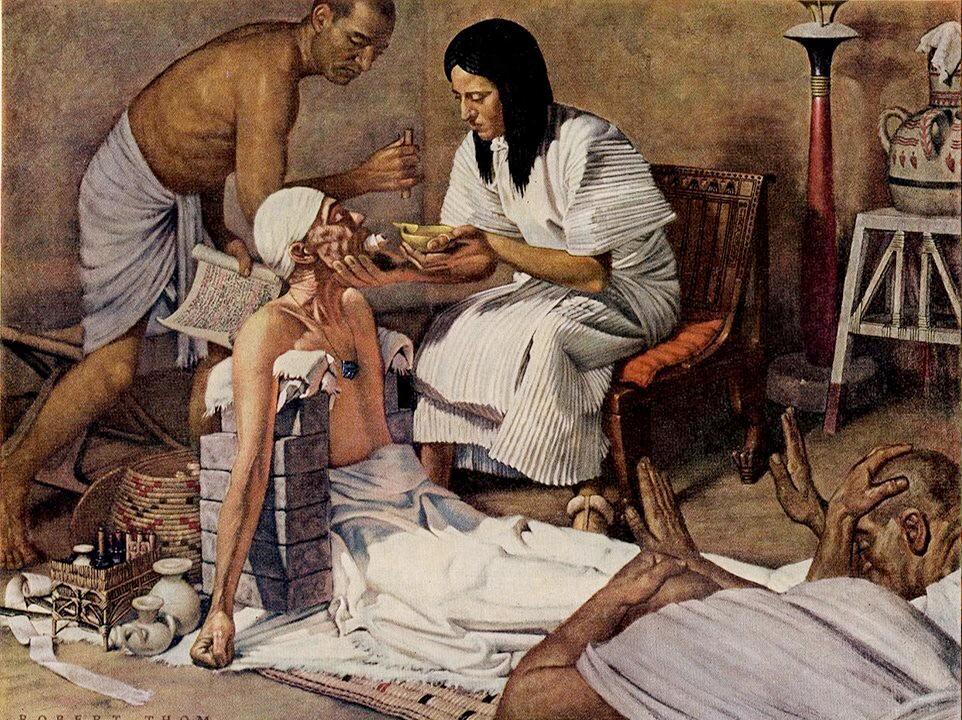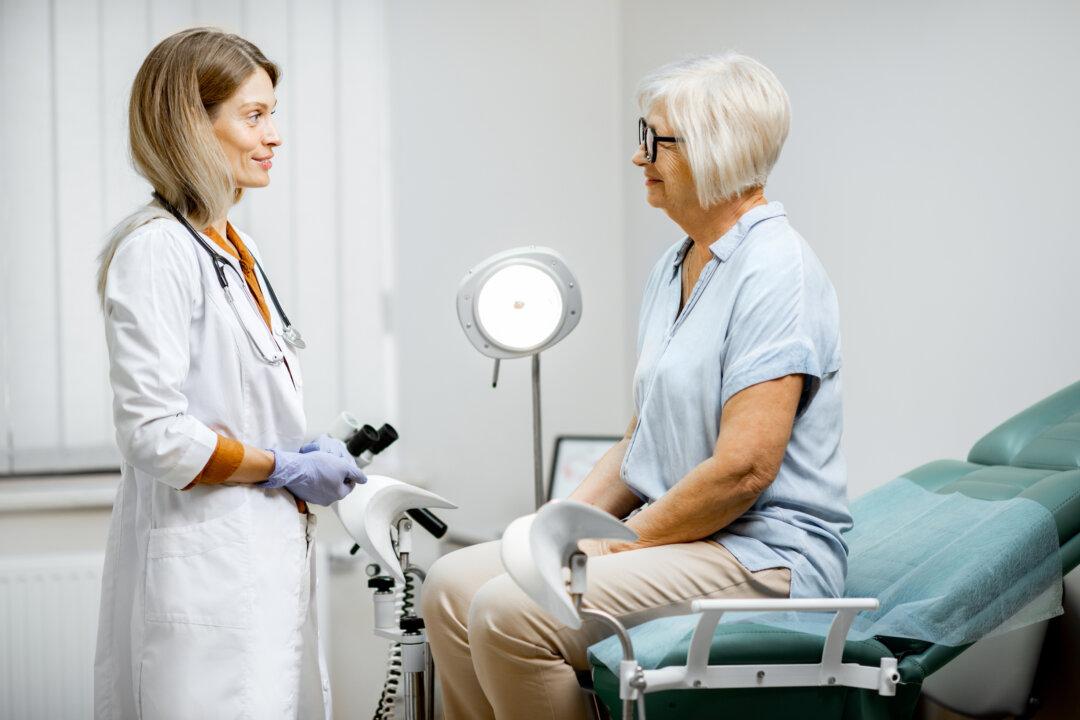While many people believe that penicillin was the first antibiotic, they would be wrong by only a few thousand years. Various molds and plant extracts have been used as “antibiotics” throughout history.
Ancient Egyptians would apply moldy bread onto infected wounds, while examinations of skeletal remains from ancient Sudanese Nubia dating as far back as A.D. 350 showed traces of tetracycline. These people must have had foods with tetracycline material in their diets since tetracycline is absorbed into bone when ingested. Beer brewed at the time is thought to be a source. The same was found in examining skeletal remains from the Roman period, however, there was no mention of beer.






